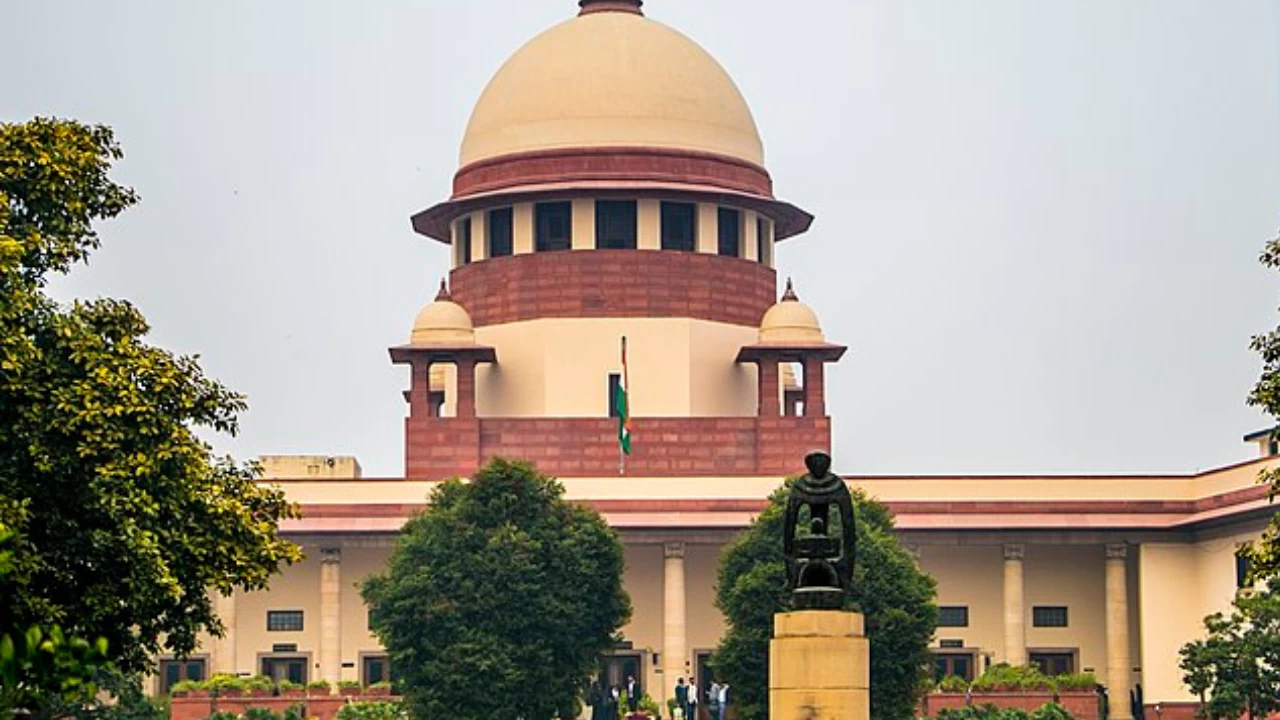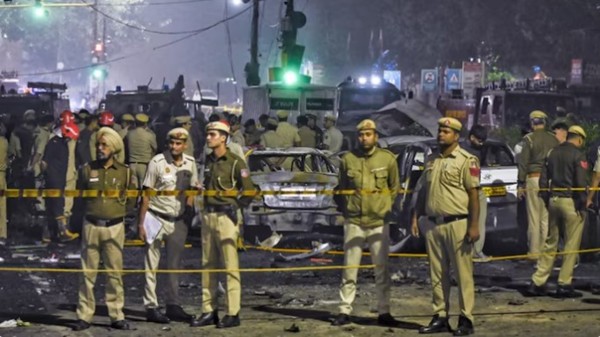

By signing in or creating an account, you agree with Associated Broadcasting Company's Terms & Conditions and Privacy Policy.


By signing in or creating an account, you agree with Associated Broadcasting Company's Terms & Conditions and Privacy Policy.

New Delhi: A landmark decision for India's constitutional framework is set to be delivered by a five-member Constitution Bench of the Supreme Court on Thursday. The apex court will rule on a critical Presidential Reference, specifically addressing whether a fixed time limit can be imposed on the President and Governors for approving legislative bills, a question conspicuously left open by the Constitution itself.
This pivotal judgment comes just days before the retirement of Chief Justice B R Gavai, who heads the Constitution Bench. The urgency of the verdict, slated for November 20, is to ensure its delivery before CJ Gavai's retirement on November 23. Court rules mandate that if a judge on a bench retires before a judgment is pronounced, the entire matter must be reheard by a newly constituted bench, a lengthy and resource-intensive process, the court is keen to avoid.
President Droupadi Murmu initiated this Presidential Reference, seeking the Supreme Court's opinion on a total of 14 complex legal questions. Central among them is the contentious issue of whether judicial intervention can establish a timeframe for the Head of State and state Governors to assent to bills, particularly when the Constitution does not explicitly provide one.
The reference delves into several other long-standing constitutional queries, including:
The extent to which decisions made by Governors and the President under Articles 200 (assent to bills) and 201 (bills reserved for the President's consideration) are subject to judicial review before a law officially takes effect.
Whether the judiciary possesses the power to impose timelines on constitutional functionaries.
The applicability of Article 361 immunity, which shields these offices from judicial direction, in such disputes.
And whether such inter-governmental disputes should ideally be resolved under Article 131, which governs conflicts between the Union and states.
Historically, Presidential References under Article 143 of the Constitution are rare. Since Independence, only 14 such references have been made. The Supreme Court has declined to answer only once, in the 1993 Ayodhya reference, citing ongoing litigation and judicial propriety.
However, the court's advisory role is not without constraints. Precedents from past references dictate its scope. In the landmark Kerala Education Bill case (1957), the apex court established that it cannot expand the purview of a reference beyond the questions posed.
Similarly, the Cauvery reference (1992) clarified that Article 143 cannot be utilised to revisit previous judicial decisions. While advisory opinions do not hold the force of binding law in the same way as regular judgments, they invariably carry immense political and constitutional weight, shaping future interpretations and practices.
The Constitution Bench, comprising Chief Justice BR Gavai and Justices Surya Kant, Vikram Nath, PS Narasimha, and Atul S Chandurkar, conducted extensive hearings over ten days before reserving its judgment on September 11. The impending verdict is anticipated to have a sweeping impact across the entire country, profoundly clarifying the powers and responsibilities of the President and Governors, and potentially setting new precedents for the delicate balance between legislative and executive functions in India's federal structure.












